Grow French Beans like a pro, even if you’re a complete beginner! Have you ever dreamed of stepping outside your back door and harvesting a basketful of crisp, delicious French beans, fresh from your own garden? I know I have! There’s something incredibly satisfying about nurturing your own food, and with these simple DIY tricks, that dream can become a reality.
French beans, also known as string beans or snap beans, have been cultivated for centuries, with roots tracing back to South America. They weren’t always the tender delights we know today; early varieties had tough strings that needed removing! Thankfully, modern cultivars are stringless and incredibly easy to grow French Beans, making them a perfect choice for the home gardener.
But why bother growing your own? Well, store-bought beans often lack the vibrant flavor and satisfying crunch of homegrown ones. Plus, you control the growing process, ensuring they’re free from harmful pesticides. In this article, I’m going to share my favorite DIY hacks and tips to help you cultivate a thriving French bean patch, even if you have limited space or experience. Get ready to impress your friends and family with your green thumb!
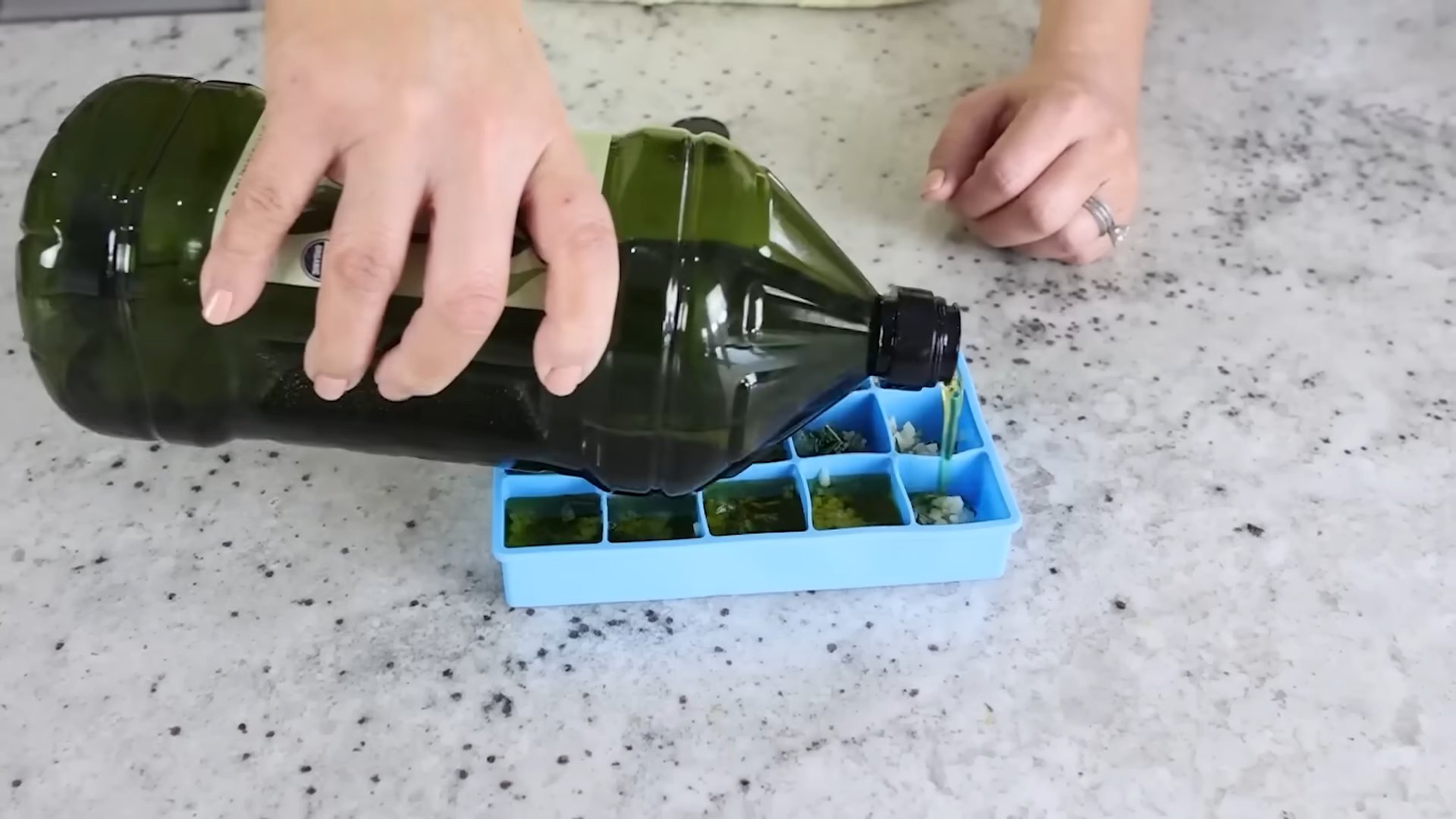
DIY: From Seed to Sprout – Growing Your Own Delicious French Beans!
Hey there, fellow gardening enthusiasts! I’m so excited to share my tried-and-true method for growing French beans right in your own backyard (or even on your balcony!). Trust me, there’s nothing quite like the taste of freshly picked, homegrown beans. This guide will walk you through every step, from choosing the right seeds to harvesting your bountiful crop. Let’s get started!
Choosing Your Beans and Getting Started
Before we dive into the nitty-gritty, let’s talk about bean varieties and initial preparations.
* Bush Beans vs. Pole Beans: French beans come in two main types: bush beans and pole beans. Bush beans are compact and don’t require support, making them perfect for smaller spaces. Pole beans, on the other hand, are climbers and need a trellis or other support structure. I personally love the visual appeal of pole beans climbing up a trellis, but bush beans are super convenient.
* Variety Selection: There are tons of French bean varieties to choose from! Some popular ones include ‘Provider’ (bush), ‘Blue Lake’ (bush or pole), and ‘Kentucky Wonder’ (pole). Consider your climate and personal preferences when making your selection. I usually go with ‘Blue Lake’ because they’re reliable and produce a ton of beans.
* Timing is Key: French beans are warm-season crops, so you’ll want to plant them after the last frost. Check your local frost dates to be sure. Soil temperature should be at least 60°F (15°C) for optimal germination. I usually start planting around late May or early June.
* Soil Preparation: Beans thrive in well-drained soil that’s rich in organic matter. Before planting, amend your soil with compost or well-rotted manure. This will provide essential nutrients and improve drainage. I like to add a generous layer of compost a week or two before planting.
* Sunlight: French beans need at least 6-8 hours of sunlight per day. Choose a planting location that receives plenty of sunshine.
Step-by-Step Planting Guide
Now for the fun part – getting those seeds in the ground!
1. Prepare the Soil: Loosen the soil to a depth of about 12 inches (30 cm) using a garden fork or tiller. Remove any rocks, weeds, or debris. Incorporate compost or manure as mentioned earlier.
2. Sowing the Seeds (Bush Beans): For bush beans, sow seeds about 1 inch (2.5 cm) deep and 2-3 inches (5-7.5 cm) apart in rows that are 18-24 inches (45-60 cm) apart. I like to plant a few extra seeds in each hole just in case some don’t germinate.
3. Sowing the Seeds (Pole Beans): For pole beans, you’ll need to set up your trellis or support structure first. Plant seeds about 1 inch (2.5 cm) deep and 4-6 inches (10-15 cm) apart at the base of the trellis. You can also plant them in hills of 3-4 seeds spaced about 3 feet (90 cm) apart.
4. Watering: After planting, water the soil thoroughly but gently. Keep the soil consistently moist until the seeds germinate. I use a watering can with a rose head to avoid disturbing the seeds.
5. Mulching: Apply a layer of mulch around the plants to help retain moisture, suppress weeds, and regulate soil temperature. Straw, shredded leaves, or wood chips work well. I find that mulching makes a huge difference in keeping the weeds at bay.
Caring for Your Growing Beans
Once your beans have sprouted, it’s time to provide them with the care they need to thrive.
* Watering: French beans need consistent moisture, especially during flowering and pod development. Water deeply whenever the top inch of soil feels dry. Avoid overhead watering, as this can promote fungal diseases. Soaker hoses or drip irrigation are ideal.
* Fertilizing: While beans don’t need a lot of fertilizer, a side dressing of compost or a balanced organic fertilizer can be beneficial. Apply fertilizer when the plants start to flower. I usually use a liquid seaweed fertilizer diluted according to the package instructions.
* Weeding: Keep the area around your bean plants free of weeds. Weeds compete for nutrients and water, so it’s important to remove them regularly. Hand-pulling is usually the best method.
* Pest Control: French beans can be susceptible to pests like aphids, bean beetles, and spider mites. Inspect your plants regularly for signs of infestation. You can often control pests with insecticidal soap or neem oil. I prefer to use organic pest control methods whenever possible.
* Supporting Pole Beans: As pole beans grow, they’ll need help climbing the trellis. Gently guide the vines onto the support structure and tie them loosely if necessary. I use soft twine to avoid damaging the stems.
Harvesting Your Bountiful Crop
The moment you’ve been waiting for – harvesting your delicious French beans!
* Timing is Everything: Harvest beans when the pods are firm, tender, and fully developed but before the seeds inside become too large. The pods should snap easily when bent. I usually start harvesting about 50-60 days after planting.
* Harvesting Technique: Gently snap or cut the beans from the plant, being careful not to damage the stems. Harvest regularly to encourage continued production. I try to harvest every few days to keep the plants producing.
* Storage: Freshly harvested French beans are best eaten right away. However, you can store them in the refrigerator for up to a week. To freeze beans, blanch them in boiling water for 2-3 minutes, then plunge them into ice water. Drain well and store in freezer bags.
Troubleshooting Common Problems
Even with the best care, you might encounter some challenges along the way. Here are a few common problems and how to address them:
* Poor Germination: If your seeds aren’t germinating, it could be due to cold soil, poor-quality seeds, or overwatering. Make sure the soil temperature is warm enough and use fresh seeds. Avoid overwatering, which can cause the seeds to rot.
* Yellowing Leaves: Yellowing leaves can indicate a nutrient deficiency, overwatering, or a pest infestation. Check the soil drainage and adjust your watering accordingly. Fertilize with a balanced fertilizer if necessary. Inspect the plants for pests and treat as needed.
* Blossom Drop: Blossom drop can occur if the plants are stressed due to heat, drought, or poor pollination. Ensure the plants are getting enough water and provide shade during the hottest part of the day. You can also try gently shaking the plants to encourage pollination.
* Bean Beetle Damage: Bean beetles can skeletonize the leaves of your bean plants. Hand-pick the beetles and larvae off the plants or use insecticidal soap or neem oil.
Tips and Tricks for Success
Here are a few extra tips to help you grow the best French beans ever:
* Succession Planting: Plant beans every 2-3 weeks to ensure a continuous harvest throughout the season.
* Companion Planting: Plant beans alongside other beneficial plants like carrots, cucumbers, and marigolds. These plants can help deter pests and improve growth.
* Saving Seeds: If you want to save seeds for next year, allow some of the pods to dry completely on the plant. Once the pods are dry and brittle, shell the seeds and store them in a cool, dry place.
* Enjoy the Harvest: Don’t forget to enjoy the fruits (or rather, beans!) of your labor. French beans are delicious steamed, sautéed, or added to soups and stews.
Growing your own French beans is a rewarding experience that anyone can enjoy. With a little planning and care, you can have a bountiful harvest of fresh, delicious beans right from your own garden. Happy gardening!
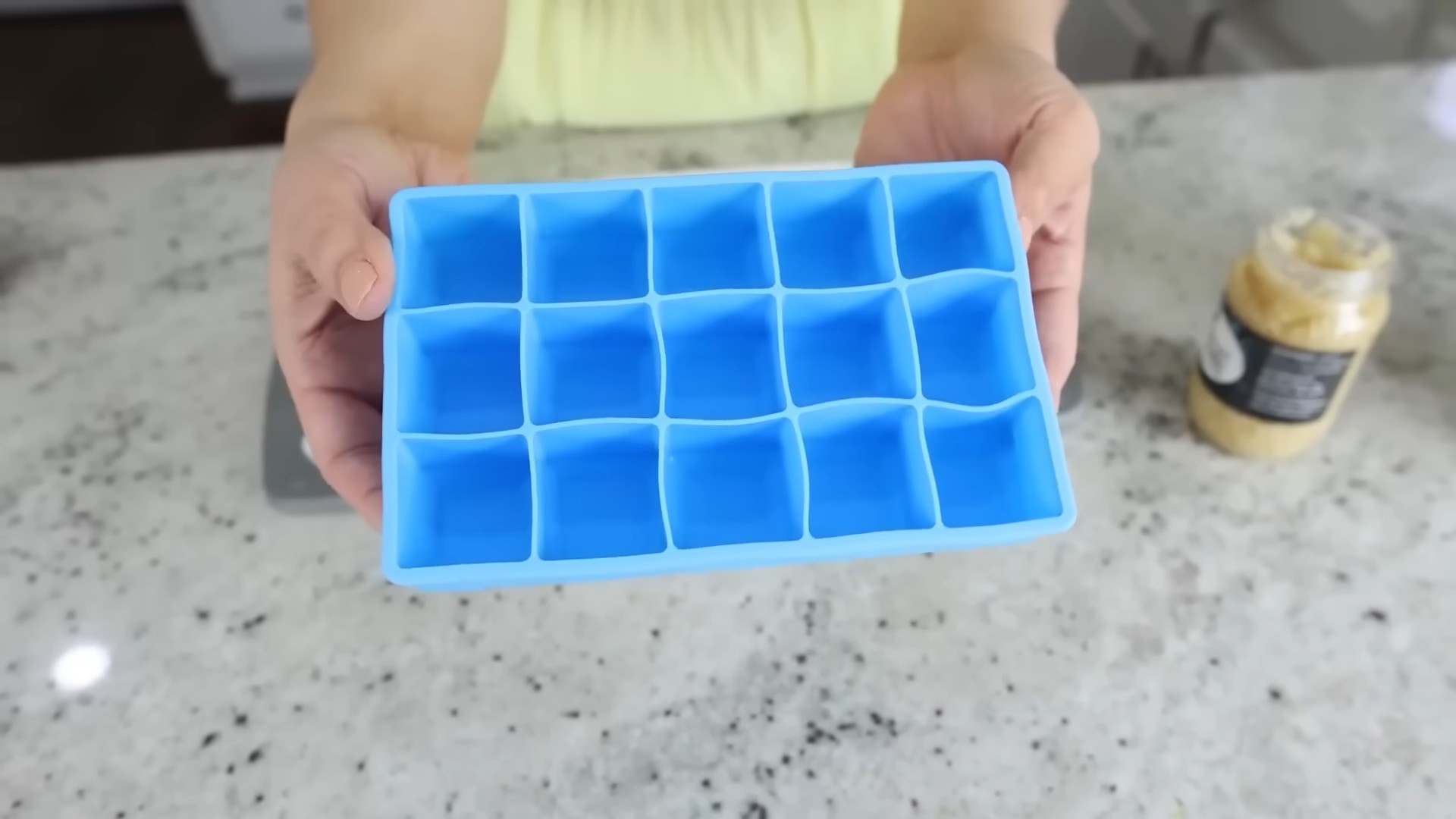
Conclusion
So, there you have it! Growing French beans at home, especially using our simple DIY trick, is not just a gardening project; it’s an investment in fresh, flavorful meals and a rewarding connection with nature. We’ve shown you how to bypass some of the common pitfalls and maximize your yield, even in limited spaces.
Why is this DIY method a must-try? Because it simplifies the process, making it accessible to even the most novice gardeners. It’s about creating a supportive environment for your French beans to thrive, from the initial germination to the bountiful harvest. It’s about taking control of your food source and enjoying the unparalleled taste of homegrown produce. Plus, it’s incredibly satisfying to watch those tiny seeds transform into vibrant, bean-laden plants, all thanks to your care and attention.
But don’t stop there! Experiment with different varieties of French beans. Try bush beans for compact growth or pole beans for vertical gardening. Explore different companion plants to deter pests and enhance growth. Consider succession planting to extend your harvest season. You could even try different soil amendments to see how they affect the flavor and yield of your beans.
For instance, if you’re short on space, consider growing dwarf French bean varieties in containers on your balcony or patio. These compact plants are perfect for urban gardeners and still produce a generous crop of delicious beans. Alternatively, if you have a larger garden, you could create a dedicated bean trellis using bamboo poles or netting. This will not only provide support for your plants but also add a touch of rustic charm to your garden.
And remember, growing French beans is not just about the beans themselves. It’s about the entire experience – the joy of nurturing life, the satisfaction of harvesting your own food, and the connection with the natural world. It’s a journey that’s both educational and rewarding, and one that we encourage you to embark on.
We’re confident that with our DIY trick and a little bit of patience, you’ll be enjoying a delicious harvest of homegrown French beans in no time. So, grab your seeds, prepare your soil, and get ready to experience the magic of growing your own food.
Don’t just take our word for it, though. We encourage you to try this DIY trick for growing French beans and share your experiences with us. Let us know what worked well for you, what challenges you faced, and any variations you tried. Your feedback will help us refine our method and make it even better for future gardeners. Share your photos and stories on our social media channels using #HomeGrownFrenchBeans. We can’t wait to see your success!
Frequently Asked Questions (FAQ)
What is the best time to plant French beans?
The best time to plant French beans is after the last frost in your area, when the soil has warmed up to at least 60°F (15°C). French beans are sensitive to cold temperatures, so planting too early can result in poor germination or stunted growth. In most regions, this is typically in late spring or early summer. You can also start seeds indoors a few weeks before the last frost to get a head start on the growing season. Check your local weather forecast and planting guides for specific recommendations for your region.
How much sunlight do French beans need?
French beans need at least 6-8 hours of direct sunlight per day to thrive. Choose a planting location that receives plenty of sunlight throughout the day. If you’re growing beans in containers, make sure to place them in a sunny spot. Insufficient sunlight can lead to leggy growth, reduced yields, and increased susceptibility to pests and diseases.
What type of soil is best for growing French beans?
French beans prefer well-drained, fertile soil with a pH of 6.0 to 7.0. Amend your soil with compost or other organic matter to improve drainage and fertility. Avoid planting beans in heavy clay soil, as this can lead to root rot. If your soil is acidic, you can add lime to raise the pH. A soil test can help you determine the pH and nutrient levels of your soil and make necessary adjustments.
How often should I water French beans?
Water French beans regularly, especially during hot, dry weather. Keep the soil consistently moist, but avoid overwatering, which can lead to root rot. Water deeply at the base of the plants, rather than overhead, to prevent fungal diseases. Mulching around the plants can help retain moisture and suppress weeds. As a general rule, aim for about 1 inch of water per week.
What are some common pests and diseases that affect French beans?
Common pests that affect French beans include aphids, bean beetles, and spider mites. Common diseases include bean rust, powdery mildew, and anthracnose. To prevent pests and diseases, practice good garden hygiene, such as removing weeds and debris, and rotate your crops each year. You can also use organic pest control methods, such as insecticidal soap or neem oil, to control pests. If you notice signs of disease, remove affected leaves and treat the plants with a fungicide.
How do I know when French beans are ready to harvest?
French beans are typically ready to harvest about 50-60 days after planting. The pods should be firm, crisp, and snap easily when bent. Harvest beans regularly to encourage continued production. Overripe beans will be tough and stringy. The ideal time to harvest is in the morning, after the dew has dried.
Can I grow French beans in containers?
Yes, you can grow French beans in containers, especially bush bean varieties. Choose a container that is at least 12 inches deep and wide. Use a well-draining potting mix and provide adequate sunlight and water. You may need to fertilize container-grown beans more frequently than those grown in the ground.
What are some good companion plants for French beans?
Good companion plants for French beans include carrots, cucumbers, marigolds, and rosemary. These plants can help deter pests, improve soil health, and enhance the growth of your beans. Avoid planting beans near onions or garlic, as these plants can inhibit their growth.
How can I extend the harvest season for French beans?
You can extend the harvest season for French beans by succession planting. Sow seeds every 2-3 weeks throughout the growing season to ensure a continuous supply of beans. You can also choose different varieties of beans that mature at different times.
What is the DIY trick mentioned in the conclusion?
The DIY trick refers to a simplified method for growing French beans at home, focusing on creating a supportive environment for optimal growth. While the specific details of the trick would be outlined in the main article, it generally involves techniques like proper soil preparation, strategic watering, and pest control measures tailored for home gardeners. The key is to make the process accessible and rewarding for everyone, regardless of their gardening experience.


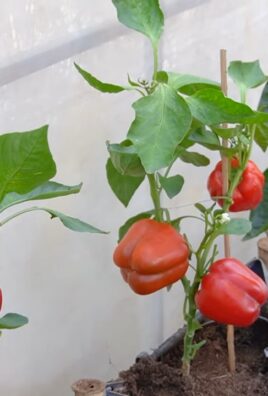
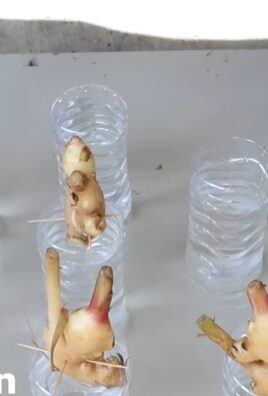
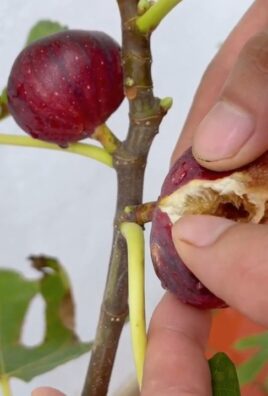
Leave a Comment